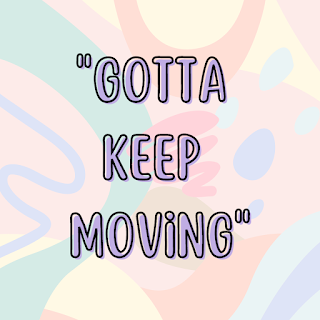Posture and Body Mechanics
I am analyzing my dad's posture in the first picture. There are many contact points with surface, therefore he has a very stable base of support. His head is flexed causing a flattened cervical curve. His scapulae are elevated and his humerus are internally rotated. His elbows are flexed supported by the arm rests, and his wrist are in slight extension. He has an posterior pelvic tilt causing a flattened lumbar curve and a slightly more kyphotic thoracic curve. His femurs are slightly extended, knees flexed, and his feet are supported on the ground. There is stress placed at the joints along the cervical and thoracic spine, therefore he will not want to maintain this position for very long in order to avoid neck pain, back pain, or difficulty breathing. Since he is sitting in a chair that rocks, he could rock backwards to alleviate some the pressure from the spine.
Something as simple as a person's posture can sometimes be overlooked, but it is important to teach proper posture for a number of reasons. If one has poor posture and body mechanics, they are more susceptible to a number of conditions such as scoliosis, torticollis, or kyphosis to name a few. It can also lead to things like abnormal bone development or degeneration and injury. One's body posture also serves as form of nonverbal communication to the rest of the world, therefore having good posture could lead to better conversations, relationships, and confidence.
If I am working with a client who I notice has poor sitting posture, I would educate them on the effects of poor posture and instruct them on ways to change their sitting positions to improve their posture by maybe trying the slouch-overcorrect technique. In terms of body mechanics, if I am working with a client who needs to return to work to lift heavy boxes, I will ensure that they are using proper lifting techniques in order to prevent back pain or injury.




Comments
Post a Comment